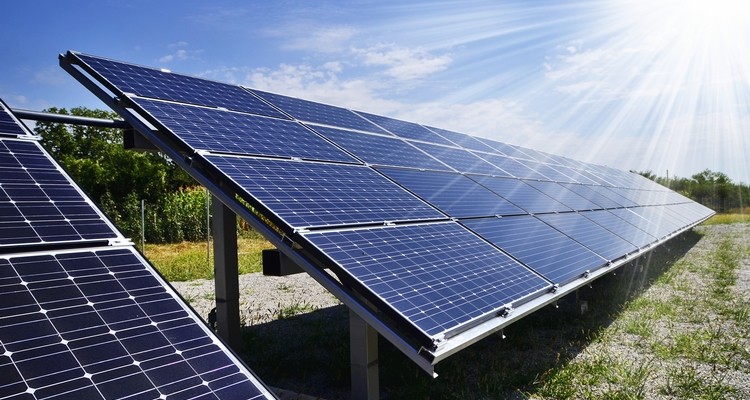Financial Leeway As a Catalyst For Accelerated PV Expansion
It’s a “Groundhog Day”, one might think, if you look at the decision-making situations year after year in the PV industry. In principle, the framework conditions for the necessary expansion of PV systems in Germany are really good.
There is great demand for PV systems and a high level of acceptance for PV projects among the population, the prices and availability of photovoltaic components are okay, and financing interest rates are also still at a historically low level, so that even with the further reduction in feed-in tariffs it is still possible to implement commercial PV projects.
Political inactivity is currently causing renewed uncertainty
This year it is the achievement of the 52 gigawatt cap for photovoltaics that hovers over the PV industry like a sword of Damocles. Despite much lip service on the part of politicians, no bill has yet been passed that would save the industry from the sudden total end of subsidies and the resulting abrupt standstill.
To make matters worse, it is not possible to predict exactly when the cap will be reached. There are a number of experts who believe that the time will come as early as spring. As long as no decision has been taken to abolish the cap, or at least that a precise time has been defined by politicians, uncertainty will continue to reign – the poison for any investment decision.
So what to do with your project pipeline, which you have painstakingly acquired and in which considerable resources of time and money have already been invested?
Liquidity as a limiting factor
If one assumes that sufficient space, sufficient components and sufficient assembly capacities are available and that the weather in the winter and spring months also plays along, liquidity is often the biggest limiting factor.
It is a well-known fact that the liquidity cover of many small and medium-sized EPCs is rather low, as the margins in photovoltaics have not been so generous for a long time and a lot of capital is tied up in the company’s own inventory of PV systems.
If you now want to increase the implementation speed of your PV projects quickly, liquidity for materials and wages must be obtained at short notice.
Three ways to procure liquidity
The three ways in which liquidity can be obtained, for example, are shown below:
1. Classic bank financing
Probably the best known way to obtain the necessary liquidity is, in addition to supplier credits, classic bank financing. Whether you obtain the necessary capital by financing future projects in the project pipeline or by refinancing your own stock of PV systems is comparable in terms of cost. The rules and conditions of so-called project financing (non-recourse financing) are sufficiently well known among banks specialising in photovoltaics.
Problems with traditional bank financing are the often very long processing times due to high bank utilisation and the possibility that the banks may suspend the financing of new construction projects against the background of the risk of reaching the 52 gigawatt cap if no timely change in legislation is foreseeable.
2. Mezzanine capital
Under certain circumstances, it may be possible to subsequently replace part of the tied equity with mezzanine capital in the case of existing project financing. This form of financing can be interesting if a project developer or EPC who operates PV systems himself needs liquidity to be able to realise new projects more quickly, but this is tied up as equity in project financing.
Whether and how the mezzanine capital is then contractually structured and by whom it is provided depends very much on the volume required and the project to be financed.
3. Sale of project rights and proprietary assets
A third way of quickly generating liquidity is the sale of your own project rights or PV systems from your own portfolio.
This path is often the one that is only reluctantly disputed because one has to part with an asset. From a business management point of view, however, this path always makes sense if a higher return can be generated by using the free liquidity (new construction of additional projects) than by operating the PV system.
As a first step, one should part with project rights, which are at the bottom of the list of projects to be realised. Since there is always a demand for project rights on the market, their liquidation is usually very easy and quick to realize.
Otherwise, it is better to part with older PV systems, as this is where the greatest opportunity exists to raise hidden reserves in equity. These hidden reserves result from the currently significantly lower return expectations of investors compared to the return expectations in the past. In order to be able to quickly assess the possible potential, it is advisable to determine the sales value at current yield expectations.
Thanks to well-functioning online PV marketplaces, the sale of project rights and running PV systems at optimal conditions is possible very quickly and easily.
Conclusion
Additional financial leeway through free liquidity helps to implement new PV projects more quickly and thus in good time. Which of the three options listed can be used to obtain liquidity, either individually or in combination, depends very much on the situation of the project developer or EPC. Not to be neglected is the time component until the cover is reached and one’s own expectations of the policy.
Our experts will be happy to advise you on the three listed options for obtaining liquidity and support you in the realisation of your projects.





